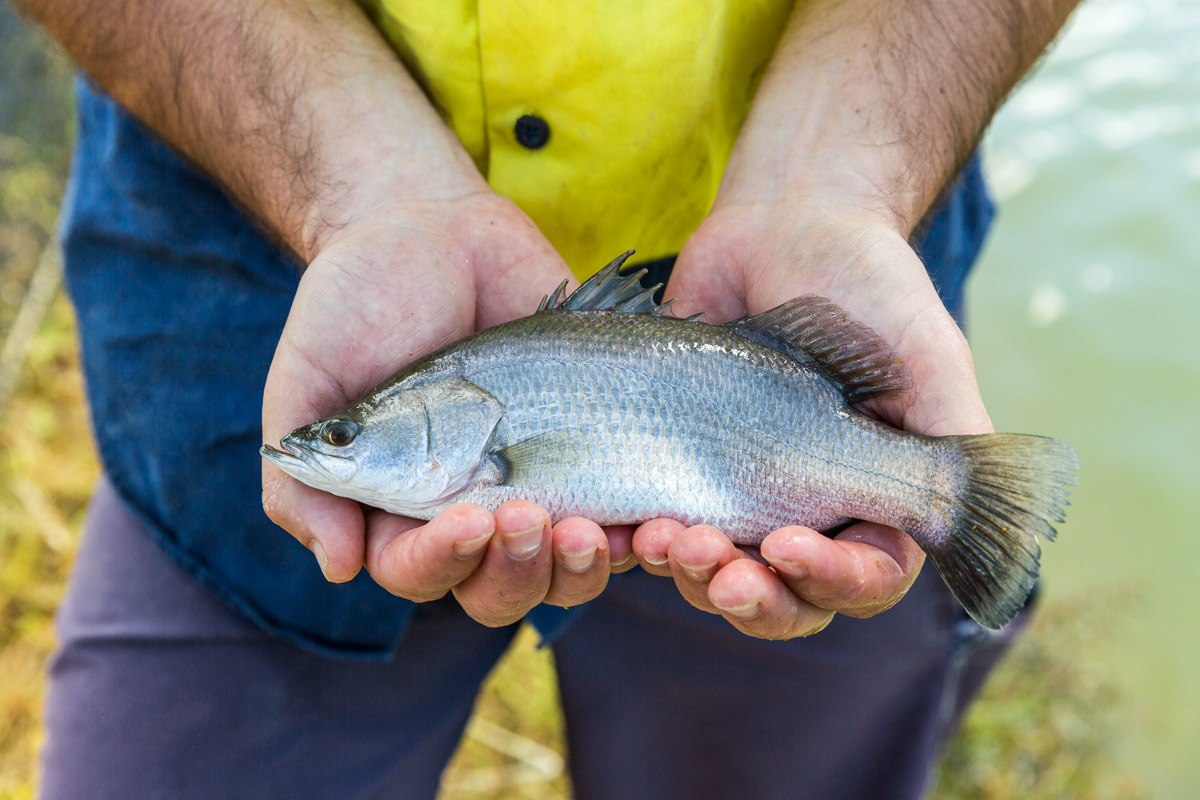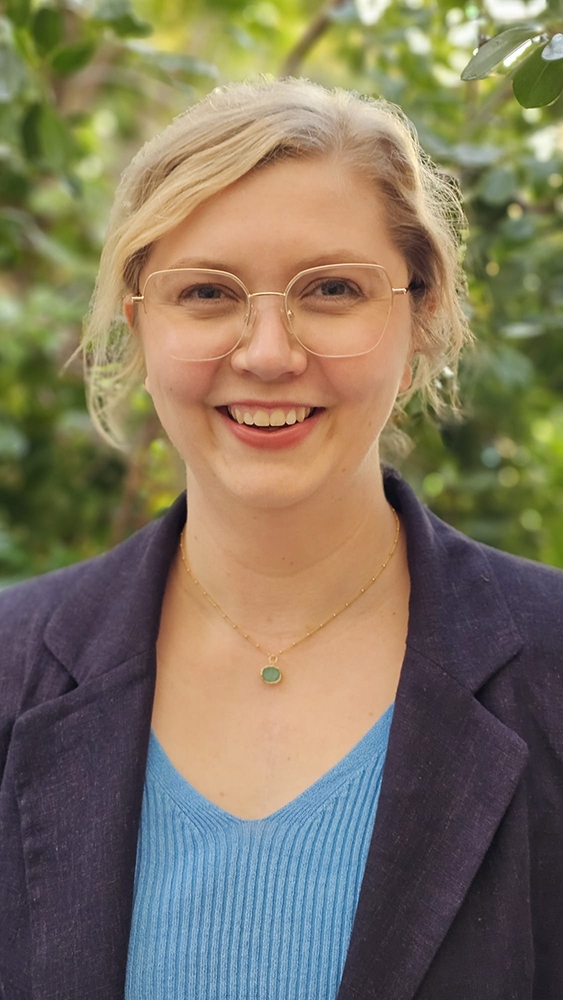A national approach is helping to coordinate new and faster access to critical agricultural and veterinary products, supporting Australia’s expanding aquaculture sector.
By Catherine Norwood
More agricultural and veterinary products are available for use in Australia’s expanding aquaculture sector, with approval for use on a broader range of species, thanks to an FRDC-funded project.
Access to veterinary medicines is important for Australia’s aquatic animal industries to manage aquatic animal health and welfare. But because aquaculture sectors in Australia are small and full label registration is expensive, Minor Use Permits (MUPs) issued by the Australian Pesticides and Veterinary Medicines Authority (APVMA) provide the main pathway for access to these essential products.
The project ‘Improving the availability of safe and effective veterinary medicines for Australia’s seafood industry’ (2020-094) has provided a national coordination service to facilitate MUP applications for new products and renewal of existing MUPs.

This has led to a steady increase in products available for use, which range from disinfectants to disease and animal husbandry treatments needed to maintain the health, productivity and welfare of farmed aquatic animals. In November 2021, shortly after the project started, there were 39 active MUPs, which increased to 45 MUPs at the end of the project in June 2024.
A new national database now provides a list of all available products and their uses. Separate resources have also been created to inform separate aquaculture sectors about products specific to their needs.
FRDC Research Portfolio Manager Wayne Hutchinson says access to veterinary medicines is important for Australia’s aquatic animal sectors to manage aquatic animal health and is part of a larger approach to improve the availability of veterinary medicines for aquatic sectors.
“Access to these products has been recognised as a priority for Australian aquaculture for many years,” says Wayne. “This priority is included in Australia’s national strategic plan for aquatic animal health – the AQUAPLAN 2022-2027.”
Project officer Dr Jessica Buss, based at the Department of Primary Industries and Regions (PIRSA), has liaised with the aquaculture industry and government to identify priority veterinary medicines requiring MUPs. She also helped to facilitate access to veterinary medicines and streamline the MUP renewal and application processes.

She describes the history of MUP applications as somewhat disorganised with MUPs progressed independently with no centralised coordination or priority consolidation.
Jessica says in the past, MUPs might have been approved for a single species, a single location (right down to the GPS coordinates), for a particular business, or a specific person. She also found that more than one organisation could have a similar MUP or was in the process of applying for a similar MUP, which represented a potential duplication of effort.
“Reducing MUP specificity makes MUPs available to more operators. Not just prawns, for instance, but all crustaceans, or not just for use in South Australia, but nationally. There were about 10 MUPs renewed where we were able to liaise with the permit holders to broaden the use of MUP,” says Jess.
During the project, about $600,000 was also raised through Australian Government grants to collate data and other information needed to complete MUP applications for eight priority veterinary medicines which will support multiple aquaculture sectors.
Another aspect of the project summarised a process to manage off-label use of products prescribed by veterinarians working with aquatic sectors. Off-label uses are regulated by each state and territory. The South Australian process was documented to provide an example that other jurisdictions could consider in off-label use management including considering potential environmental impact of products as well as animal health and welfare benefits.
Aquaculture sector partners have praised the project. At the Australia Abalone Growers Association, Executive Officer Nick Savva says it has provided a more transparent process in engaging with the AVPMA, and helped the association renew its MUP for relaxants.
Jo-anne Ruscoe, Executive Officer at the Australian Barramundi Farmers Association, says it has addressed a real gap in the coordination and focus needed to secure and maintain access to essential veterinary treatments. She is among those keen to see some kind of national coordination of MUPs continue.
A national workshop held during the project has pointed to a way forward beyond the project. A proposal for a preferred option to continue the national coordination of MUPs has been developed: a user-pays system operated through a national body. Industry and other stakeholder groups are now considering how to progress this option.
Related FRDC Project
2020-094: Improving the availability of safe and effective veterinary medicines for Australia’s seafood industry
Related article





